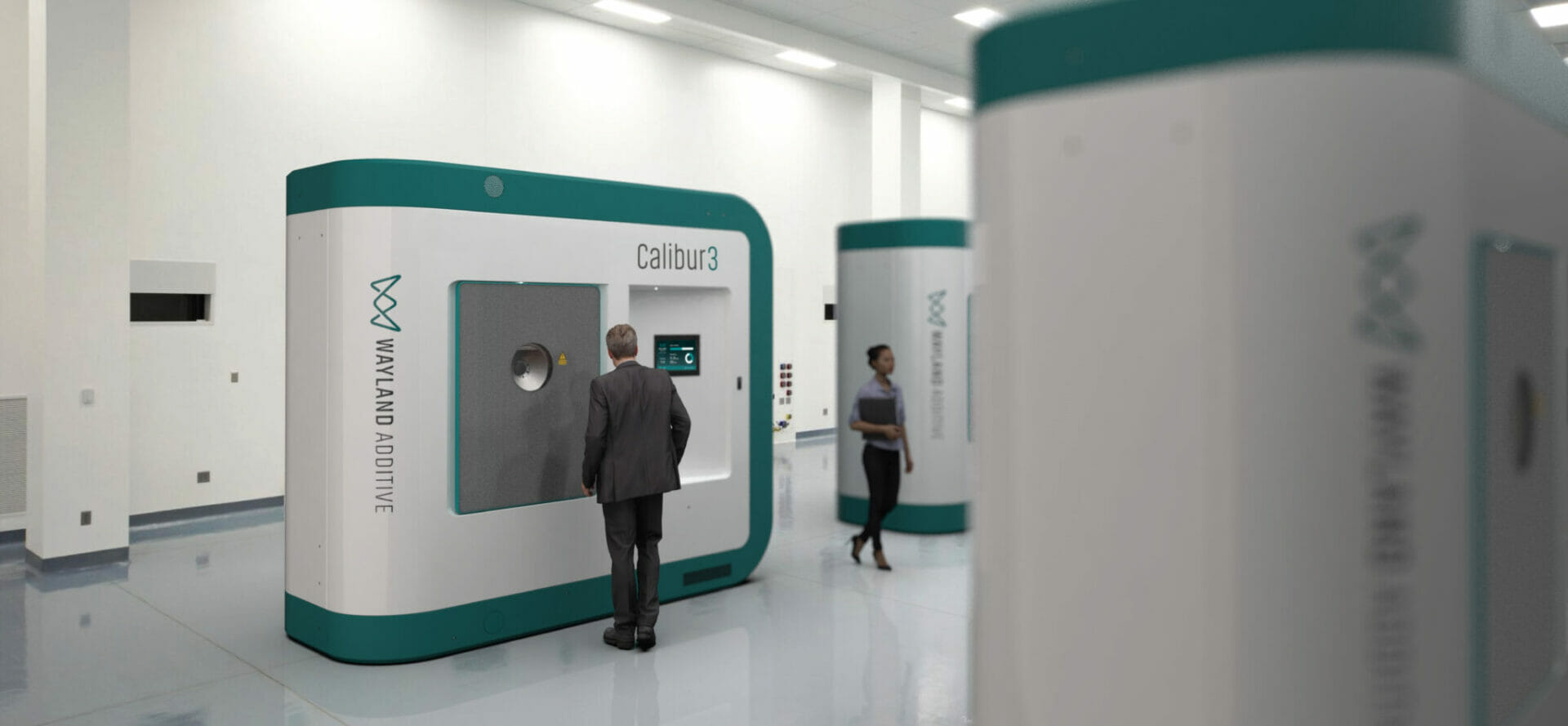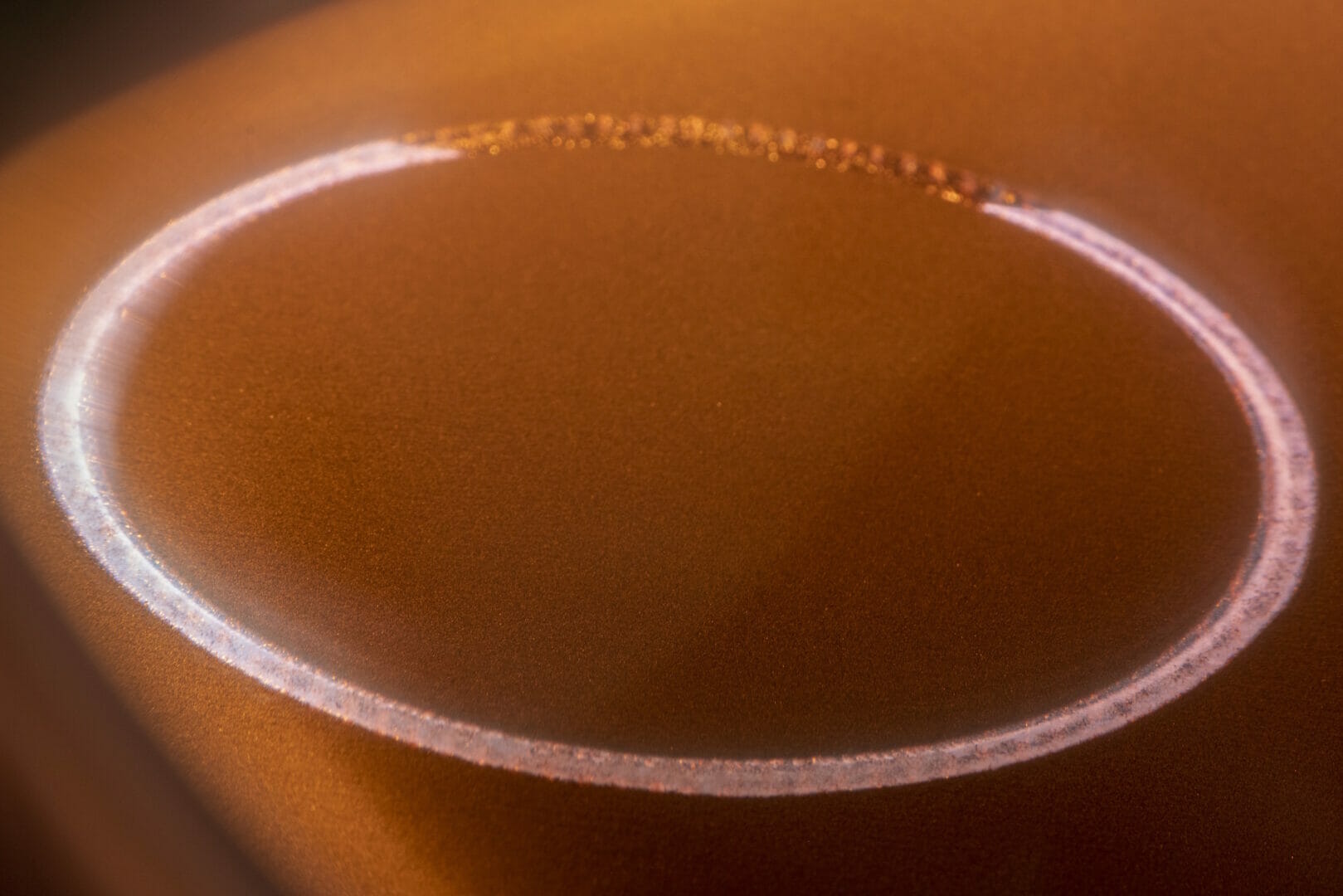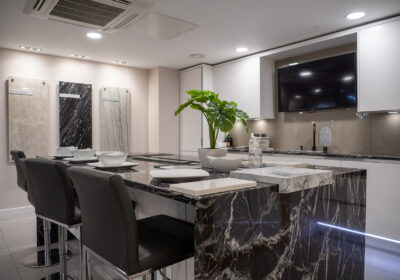Peter Hansford, Director — Business Development, Wayland Additive
I have been a first-hand witness to the evolution and growth of the Additive Manufacturing sector, or the rapid prototyping sector as it was called back in 1999 when I first started. The terms 3D printing and additive manufacturing were not even being whispered, Indeed, Rapid Tooling and Rapid Manufacturing were then just emerging into the sector’s vernacular and they served as the bridge to the more familiar terminology we use today. This longevity in the sector however, provides me with a broad perspective of the industry in general as well as a narrower but clear focus on the evolution of specific technologies and processes.
To state outright, I am a very keen advocate of additive manufacturing technologies, I would not have dedicated my career to them otherwise. However, it has always been vital to clearly understand what these technologies can and, most pertinently, what they can NOT do, to fully maximize the opportunities that they offer for product development, manufacturing and production applications.
Let’s just consider that last point for a minute: production. I doubt there is anyone out there, inside or outside of the industry, that would debate with me the fact that metal additive manufacturing processes have been slowly shifting towards production applications during the last five years. Where there is room for debate, however, is around the question of why has that shift been so slow?
Of course, for any production applications, particularly in critical industries such as aerospace, power generation, automotive etc., qualifying the process and material(s) is a slow process. This is because, at least in part, there is very little capability for users to monitor and/or qualify the output. Beyond these limitations, though, is there actually a fundamental issue with many of the processes themselves?
I believe that there is, and here I will go some way to explain why: Many of the existing metal additive manufacturing processes that are currently commercially available and embedded in R&D facilities or factories today are more mature versions of the original “test-bed” processes that were developed for rapid prototyping. That is to say, they were not designed specifically for production applications or to meet the high level demands of a serious production environment. Rather they have been adapted and/or tweaked to try and meet these demands, while trying to overcome the inherent process limitations.
This article is not about listing and debating all of the limitations of AM in general. Rather it focuses on three key areas — that have prevented metal AM penetrating production applications more forcefully than they have to date
With that said, I do believe that the future of additive manufacturing for production is very promising. Yet, anyone working in the sector as long as I have, or watching it from afar, will know that the “promise” or “full potential” of additive manufacturing has been coming for a very long time. Working with the team at Wayland, I really believe we are one step closer to fulfilling this promise. This is because the development of the NeuBeam process — an electron beam (eBeam) process — has not been about adapting off-the-shelf components and re-purposing them for additive or tweaking an existing process. Yes, the original electron beam melting (EBM) process has already been commercialized, but the Wayland scientists, coming from the semi-conductor industry where electron beams have been stabilized, have transferred their knowledge and built a new process (NeuBeam) and system from the ground up. In so doing the process has been designed specifically for production and has not been constrained by the legacy of rapid prototyping.

NeuBeam provides three fundamental keys that unlock the potential of eBeam metal additive manufacturing for serious production applications: Stability and Flexibility along with in-process monitoring for much greater control of Metallurgy.
NeuBeam absolutely and categorically achieves process stability — a fundamental issue for a production environment. This stabilization of the eBeam process, as mentioned, has been created in-house together with the electron beam column, based on years of experience in the semi-conductor industry and fresh new thinking. Simply put, the core physics principles developed for NeuBeam allow it to function as a hot part process rather than a hot bed process which eliminates residual stresses and greatly reduces powder removal requirements, compared with traditional EBM.
This new stabilized process gives users much greater freedom and flexibility with the ability to choose the temperature and melt strategy to suit the part and application, rather than having to stick to a strategy that suits the process. In other words, “you can print what you want, rather than print what you can get.” Wayland Additive’s dedicated approach to system development is designed to lift the restrictions and constraints created by the process.

The NeuBeam key that unlocks this metal AM process for production is advanced in-process monitoring technologies. Wayland’s machine development team has fully integrated three different in-process monitoring techniques to provide full traceability and quality assurance during the build process. These techniques are, specifically, structured light scanning, electron imaging and high speed infra-red imaging. NeuBeam is a fully thermal process, allowing all areas of the build chamber to be monitored along with the true temperature (in degrees C) of the entire powder bed as a part is built; as well as the thermal history of the material being processed. Providing this level of oversight at the process level is essential for production operations and can quickly and efficiently identify and report any layer errors as they occur — in real time.
And finally, the third key is the vastly improved metallurgy capabilities of NeuBeam, which unlocks a swathe of complex metal production opportunities that current metal AM processes struggle with. This is because the NeuBeam process is compatible with a much wider range of metal powders, including but not limited to refractory metals and highly reflective alloys. The importance of this key is hard to overstate. Talking at length with industrial users of metal AM, the issue of materials is one that arises time and time again. These users are generally very keen on the advantages that metal AM processes can offer, but they invariably want these advantages with a known material quantity/quality that they trust. However, the nature of many AM processes mean they have to compromise on this and utilise new alloy derivatives created specifically for AM. This leaves them with two unknown quantities — a new process and a new material. This is where NeuBeam really breaks new ground, with the ability to process existing metal materials, which reduces the pain burden when qualifying new parts.
At Wayland, these innovative capabilities and process developments are paired with a pragmatic and flexible approach, one very much focused on forming partnerships and relationships with industry to develop a process that meets their needs. This is fundamental to how the company operates, in contrast to many AM vendors that supply a closed black box with little to no flexibility. Moving forward we will continue to work with companies looking to lead in their field, as well as lead the conversation with additive manufacturing.
For organisations that are assessing metal AM for real production applications for the first time, or those organizations that are re-assessing additive for production, I would urge them to look ahead. To advance metal AM to the point where it delivers true, repeatable production capabilities there needs to be collaborative development between the user and the system manufacturer where the customer holds the direction of the travel and we, the manufacturer provide the required technical capability. As such, the Wayland team has engaged early to deliver a meaningful solution — the first of which launches fully later this year. Moreover, we have no interest in building and shipping big unit numbers of a black box — boxes that would likely lead to under-utilization and disillusionment. Rather our aim is to work directly with our customers to develop successful installations that fuel growth generated by over-use.
Early adopters of NeuBeam will go way beyond any “me-to” approach to AM, and will be working with a completely new, but proven process rather than the “copy and paste” systems that have evolved across the sector.
It just remains to say that I am not claiming that NeuBeam is a process with all of the answers for every application. It is not that. Moreover, there are many good choices of technology on the market relevant to specific application success. However, NeuBeam is a new AM process that opens up many new opportunities for manufacturing complex metal components, because the system is more open and offers a much clearer picture of what is happening during the process. As a potential customer said to me: “it means you are able to print what you want, rather than what you can get.” That customer, like others, is really quite excited about what we are doing. Therefore, our early adopters are prepared to invest and work with us to develop what they really want — metal AM capabilities dedicated to real production.





